With Web3 tech slowly permeating the global digital ecosystem, it has started transforming the fabric that most individuals use to play, interact, and earn as part of today’s gaming titles. Yet, as the industry races towards this dream of a decentralized future, it’s becoming increasingly clear that the infrastructure we have in place currently may not be up to the task.
As a result, revamping these frameworks is extremely necessary, especially given Web3 gaming’s staggering potential. Studies suggest that the market could reach a valuation of $14.25 billion by 2033, making it clear that investors and developers see immense value in this space.
The allure is easy to understand. From actual ownership of one’s in-game assets to innovative play-to-earn (P2E) models to non-local economies (that put power back in players’ hands), Web3 offers unprecedented opportunities that traditional games simply cannot match or even fathom.
However, the road to this gaming utopia is fraught with obstacles, with blockchain networks, particularly Ethereum, struggling with the high transaction volumes that modern games demand — leading to issues like congestion and high fees alongside a lackluster experience that falls short of what players expect in 2024.
Addressing one problem at a time, starting with scalability
As pointed out earlier, scalability remains the Achilles’ heel of Web3 gaming. While traditional online games can easily handle thousands of simultaneous players, blockchain games often buckle under far less strain.
This isn’t just about numbers – it’s about the quality of gameplay. Constant lagging and high transaction costs can turn what should be an immersive experience into a frustrating ordeal.
To this point, Game7’s 2023 State of Web3 Gaming Report highlighted that despite $1.5 billion invested in the sector during the first three quarters of last year alone, developers are still grappling with these fundamental issues.
And while the allure of Layer 2 (L2) solutions and technological advancements offers hope, the industry still seems to be looking for an elusive breakthrough to make Web3 gaming genuinely scalable.
Technical challenges aside, Web3 gaming faces another significant hurdle in the form of poor user adoption. A survey by the Blockchain Gaming Alliance revealed that over 55% of the respondents believe onboarding is one of the industry’s primary challenges — citing the complexities associated with blockchain technology, crypto wallets, and NFTs as reasons for the same.

The most pressing challenges facing Web3 tech (source: BGA)
The same survey also indicated that 70% of people today believe the perception of “blockchain gaming being a scam,” highlighting the need for better technology, education, and a more intuitive onboarding process.
Therefore, with the industry continuing to grapple with the challenges mentioned above, innovative solutions have emerged to address these bottlenecks — with one company at the forefront of this revolution being 0G. The project offers a data availability system designed to rethink the very foundations of Web3 gaming infrastructure.
0G’s approach is groundbreaking in its simplicity and effectiveness. By separating data publishing from data storage, 0G achieves unprecedented scalability. To elaborate, while many of today’s leading data availability solutions struggle with throughput rates of 6.67 mb/second, 0G’s testnet has demonstrated the capability to reach an astonishing 50 GB/second – approximately 7,600 times more than some of its closest competitors.
As a result, developers can create games that truly rival their Web2 counterparts in terms of complexity, player count, and real-time interactions.
Moreover, 0G’s architecture drastically reduces the data transfer volume required for large-scale broadcasts, making on-chain gaming not just feasible but economically viable as well (especially for indie developers).
Lastly, and perhaps most excitingly, is 0G’s potential to bridge the worlds of artificial intelligence (AI) and blockchain gaming. The convergence can open up fascinating possibilities, from adaptive worlds to NPCs with deep learning capabilities to even player-owned AI agents that can be trained, traded, and deployed across different games.
Unlocking a playable future
Industry experts predict that anywhere between 10 million to 100 million new gamers are set to enter the Web3 realm over the coming few years. Also, with around 40% of Web3 games currently under development and expected to launch by the end of 2024 (or early next year), the gaming industry is standing at the cusp of a highly transformative period.
As part of this broader context, solutions like 0G are paving the way for a future where the lines between traditional gaming and Web3 gaming can be blurred, creating experiences that are not just decentralized but truly next-generation in their scope and quality. Interesting times ahead!

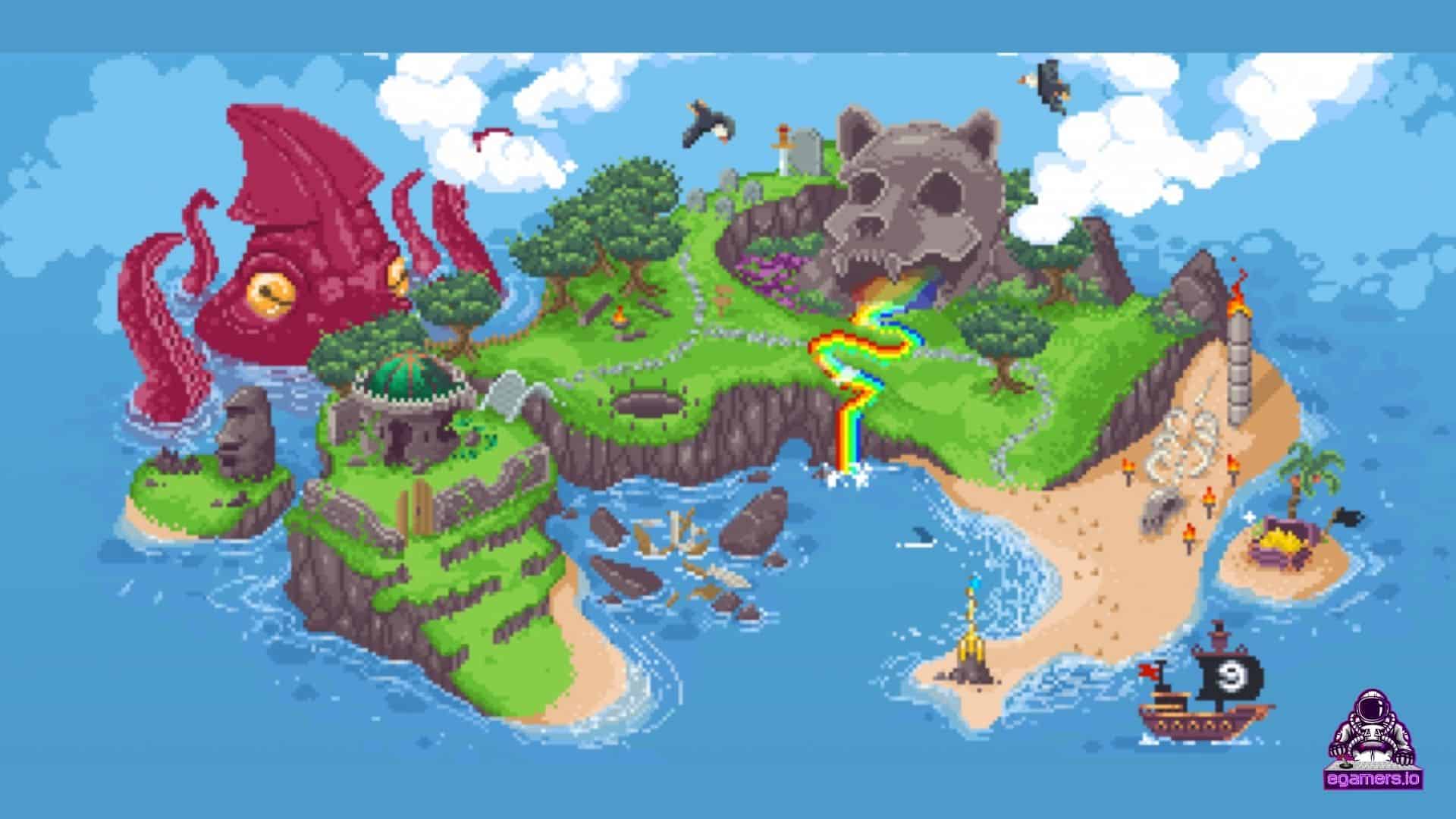
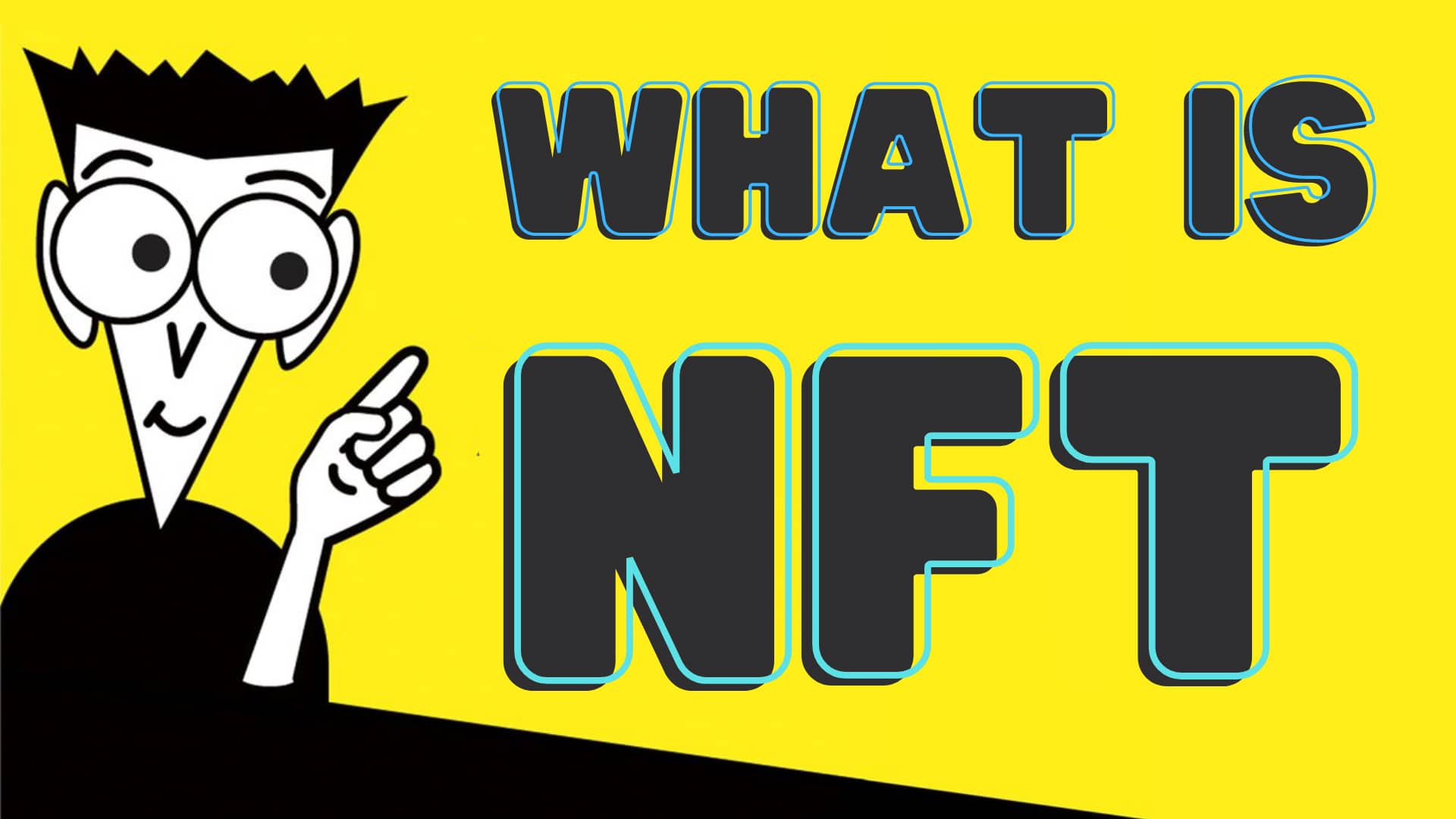
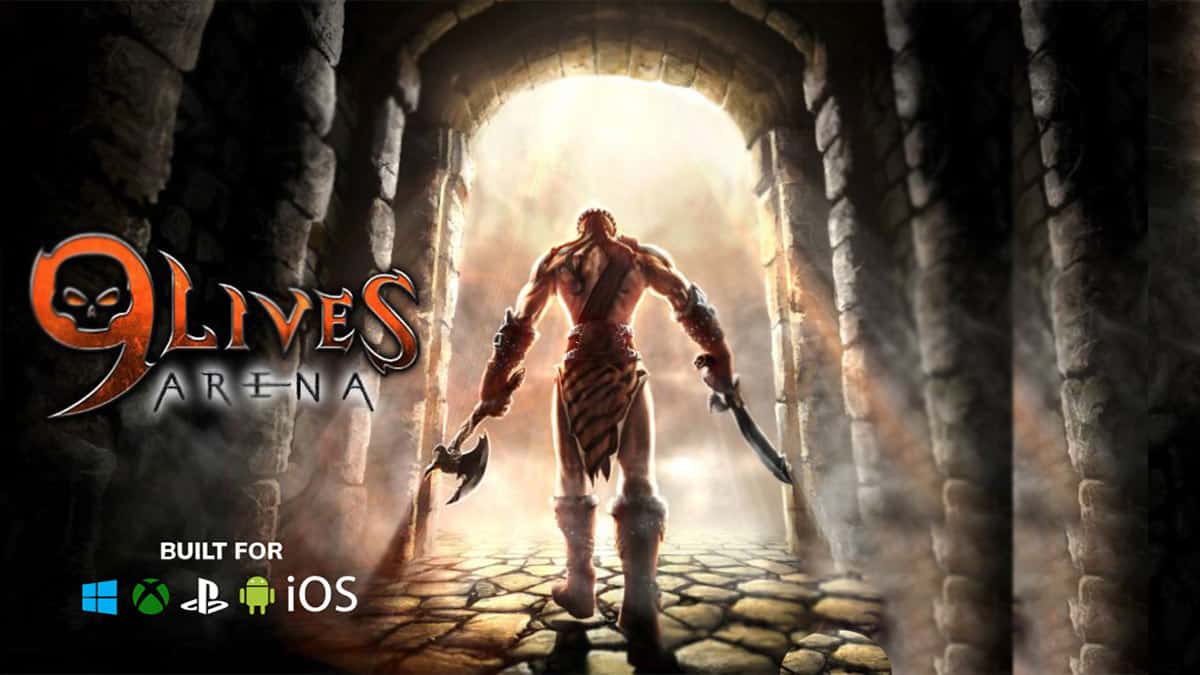
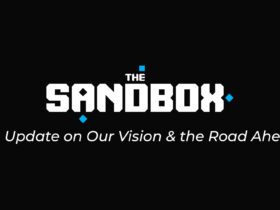





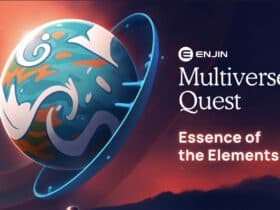



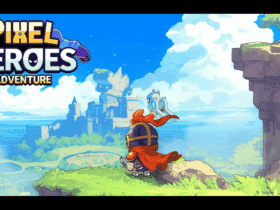

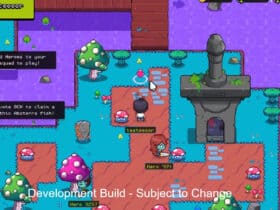
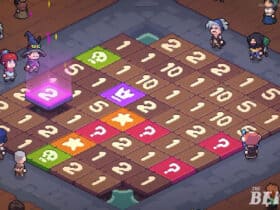


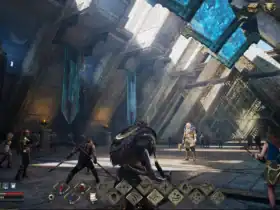


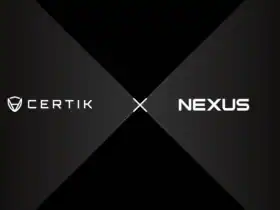
STAY ALWAYS UP TO DATE